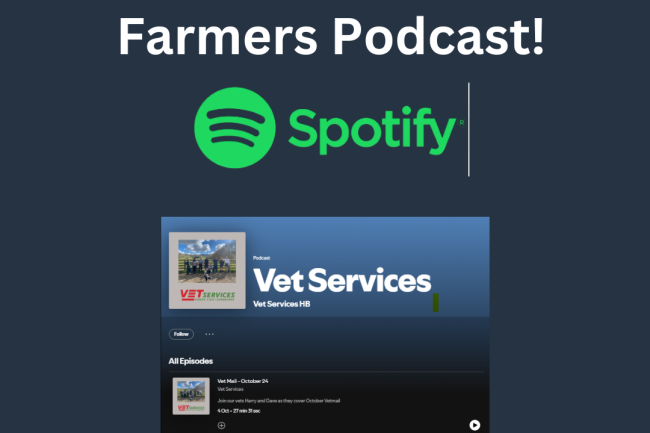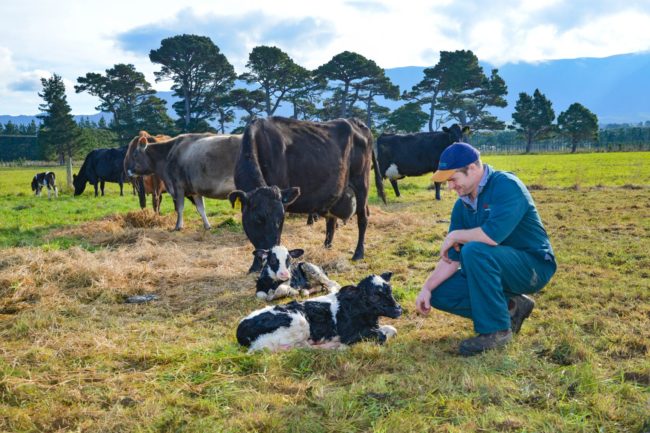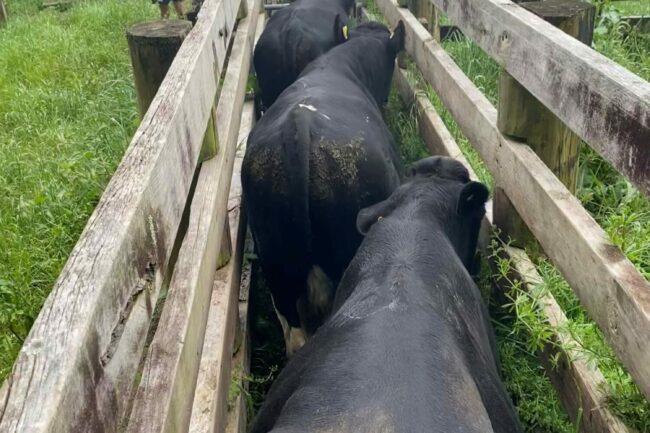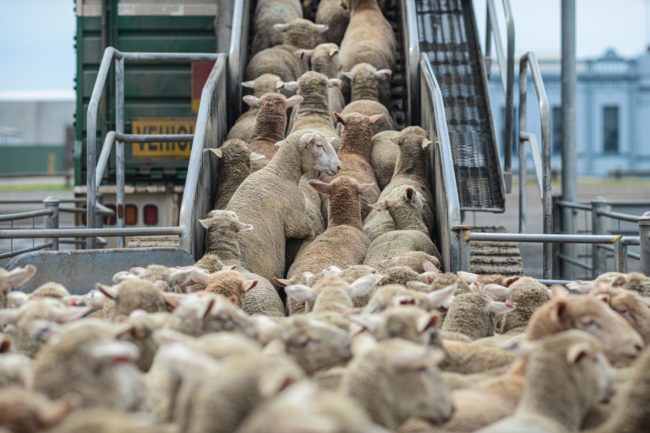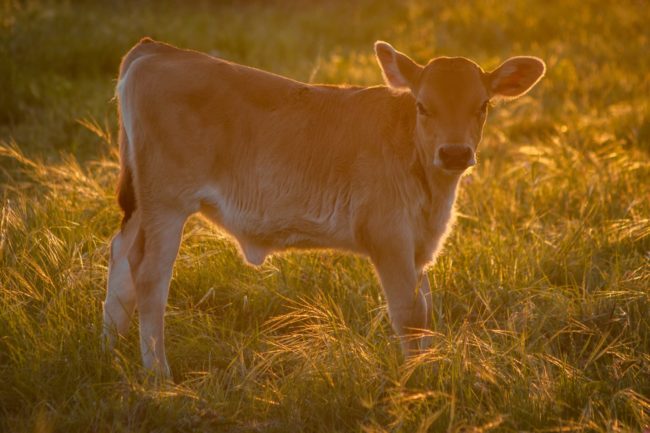Why you should book a FECRT this summer.
Drench Resistance is the number one animal health issue facing farmers and their vets in the sheep & beef industry. We are very concerned – here’s why. We have no new tools in the box to tackle this issue. No new knowledge, no new drench families, and we have to work with what we currently…
Details



